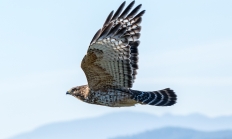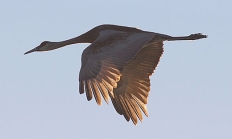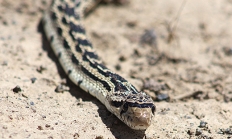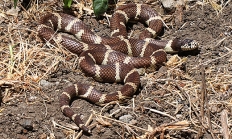General Marine Species bag limit decreases beginning Aug. 18.
NEWPORT, Ore. – The General Marine Species bag limit returns to a four-fish bag limit beginning Monday, Aug. 18. The one-fish sub-bag limit for cabezon and the one-fish sub-bag limit for canary rockfish remain in place, and retention of quillback rockfish and yelloweye rockfish is prohibited. Great…




















